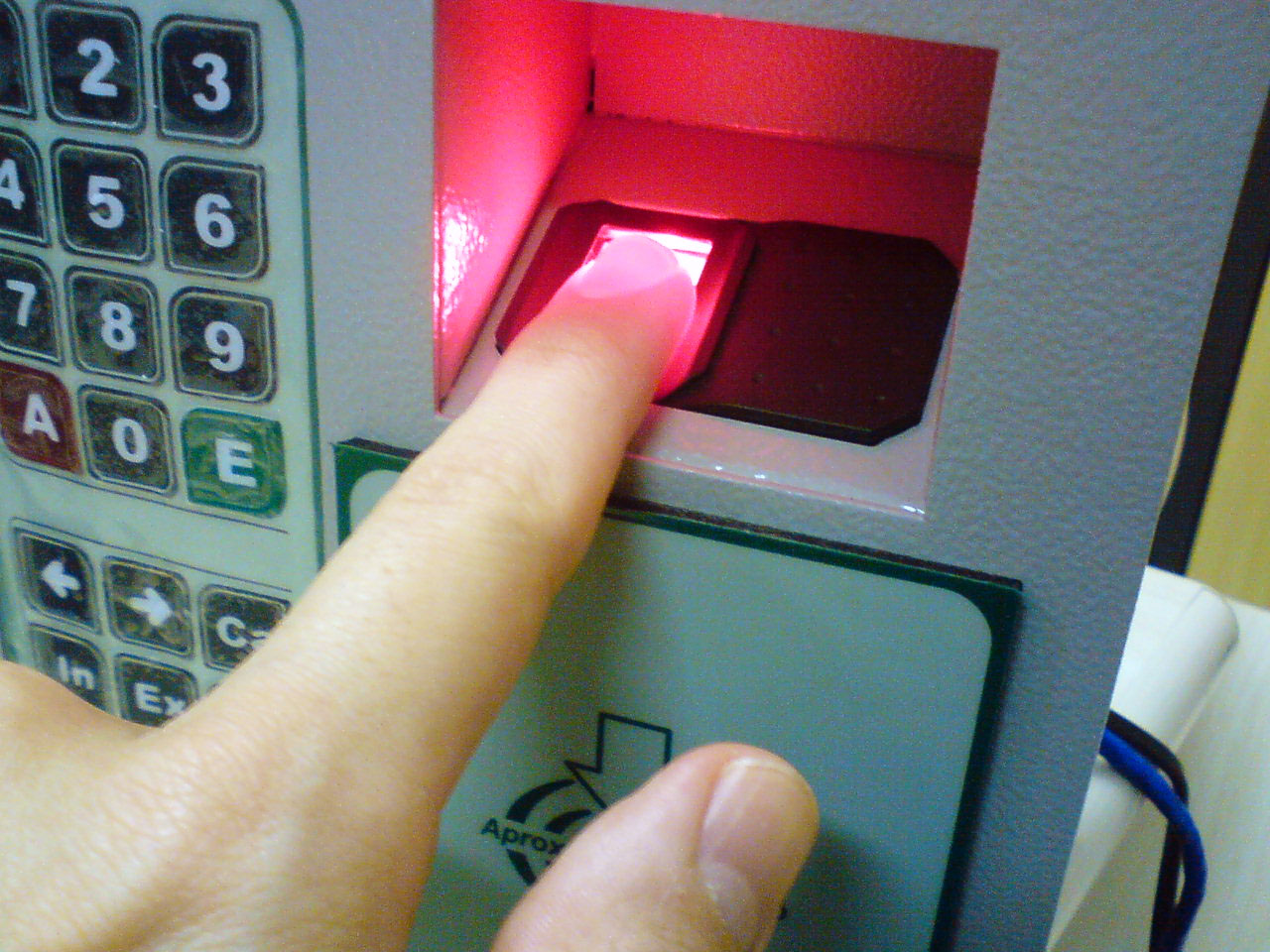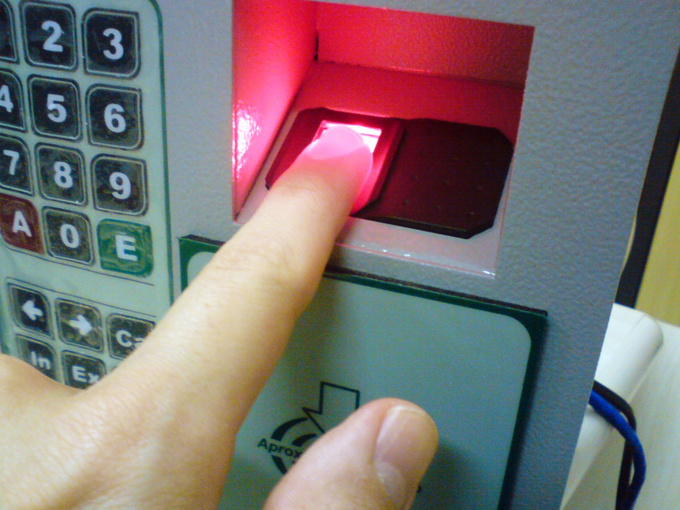India tops the list of countries with the greatest distribution of biometric identification tools. The country’s residents three times more often (9%) used "iris recognition" for identification, compared to residents of any other country (3%) that participated in the study.
Chinese citizens prefer to use fingerprint scanners (40%). They are followed by Indians (31%) and residents of the UAE (25%). At the same time, the report says that only 9% of French and Germans, and 14% of Canadians used fingerprint scanning technology for identification.
At the same time, the regular use of traditional technologies, such as password-based authentication, is the most common in the West. When it comes to cash management, people in India (50%) and China (48%) are much more likely to trust computer advice, while for Canada and the UK this figure was 18% and 21%, respectively.
In addition, Germany is characterized by the lowest level of mobile banking operations: only 4% of respondents said they prefer to use mobile banking services. For comparison, the share of adherents of mobile banking amounted to 9% in Hong Kong, and to 15% - in the UAE.
The report is based on the results of a survey of 12,019 respondents from 11 countries and regions - Canada, China, France, Germany, Hong Kong, India, Mexico, Singapore, United Arab Emirates, United Kingdom and the United States.
The key promising areas for the use of biometrics in the banking sector are:
• ATMs;
• Call-centers;
• User identification in mobile banking applications and for making payments;
• Identification of customers;
• Access to deposit boxes.
Analysts believe that biometric technologies, demonstrating higher growth rates, will continue to actively "displace" card systems in the commercial corporate segment, where the retail sector looks particularly attractive.
According to J'son & Partners Consulting, fingerprint technologies continue to lead the world market of biometric systems. However, the technologies of identification by the iris, voice and pattern of veins will become the fastest growing segments in the next 5-7 years.
Banks around the world are launching pilot projects to test different biometric technologies. For example, two major banks in Singapore - DBS and OCBC - use voice recognition systems in their call centers.
CityGroup also integrated voice biometrics into its branches in the Asian region. The bank plans to connect about 1 million customers to the service. In the UK, Barclays (in partnership with Hitachi) uses fingerprint identification technology to grant access to mobile applications and payments authorization.
The biometric technologies are becoming increasingly widespread in the banking and insurance sectors. According to J'son & Partners Consulting, 26% of all biometric projects considered in the world belonged to the banking sector in the period of 2015-2016. Their geography was very extensive - Canada, USA, Mexico, Costa Rica, Guatemala, Netherlands, Great Britain, France, China, India, Japan, South Korea, Singapore, Qatar, Pakistan, Kuwait, South Africa and other countries.
source: economictimes.indiatimes.com
Chinese citizens prefer to use fingerprint scanners (40%). They are followed by Indians (31%) and residents of the UAE (25%). At the same time, the report says that only 9% of French and Germans, and 14% of Canadians used fingerprint scanning technology for identification.
At the same time, the regular use of traditional technologies, such as password-based authentication, is the most common in the West. When it comes to cash management, people in India (50%) and China (48%) are much more likely to trust computer advice, while for Canada and the UK this figure was 18% and 21%, respectively.
In addition, Germany is characterized by the lowest level of mobile banking operations: only 4% of respondents said they prefer to use mobile banking services. For comparison, the share of adherents of mobile banking amounted to 9% in Hong Kong, and to 15% - in the UAE.
The report is based on the results of a survey of 12,019 respondents from 11 countries and regions - Canada, China, France, Germany, Hong Kong, India, Mexico, Singapore, United Arab Emirates, United Kingdom and the United States.
The key promising areas for the use of biometrics in the banking sector are:
• ATMs;
• Call-centers;
• User identification in mobile banking applications and for making payments;
• Identification of customers;
• Access to deposit boxes.
Analysts believe that biometric technologies, demonstrating higher growth rates, will continue to actively "displace" card systems in the commercial corporate segment, where the retail sector looks particularly attractive.
According to J'son & Partners Consulting, fingerprint technologies continue to lead the world market of biometric systems. However, the technologies of identification by the iris, voice and pattern of veins will become the fastest growing segments in the next 5-7 years.
Banks around the world are launching pilot projects to test different biometric technologies. For example, two major banks in Singapore - DBS and OCBC - use voice recognition systems in their call centers.
CityGroup also integrated voice biometrics into its branches in the Asian region. The bank plans to connect about 1 million customers to the service. In the UK, Barclays (in partnership with Hitachi) uses fingerprint identification technology to grant access to mobile applications and payments authorization.
The biometric technologies are becoming increasingly widespread in the banking and insurance sectors. According to J'son & Partners Consulting, 26% of all biometric projects considered in the world belonged to the banking sector in the period of 2015-2016. Their geography was very extensive - Canada, USA, Mexico, Costa Rica, Guatemala, Netherlands, Great Britain, France, China, India, Japan, South Korea, Singapore, Qatar, Pakistan, Kuwait, South Africa and other countries.
source: economictimes.indiatimes.com



















